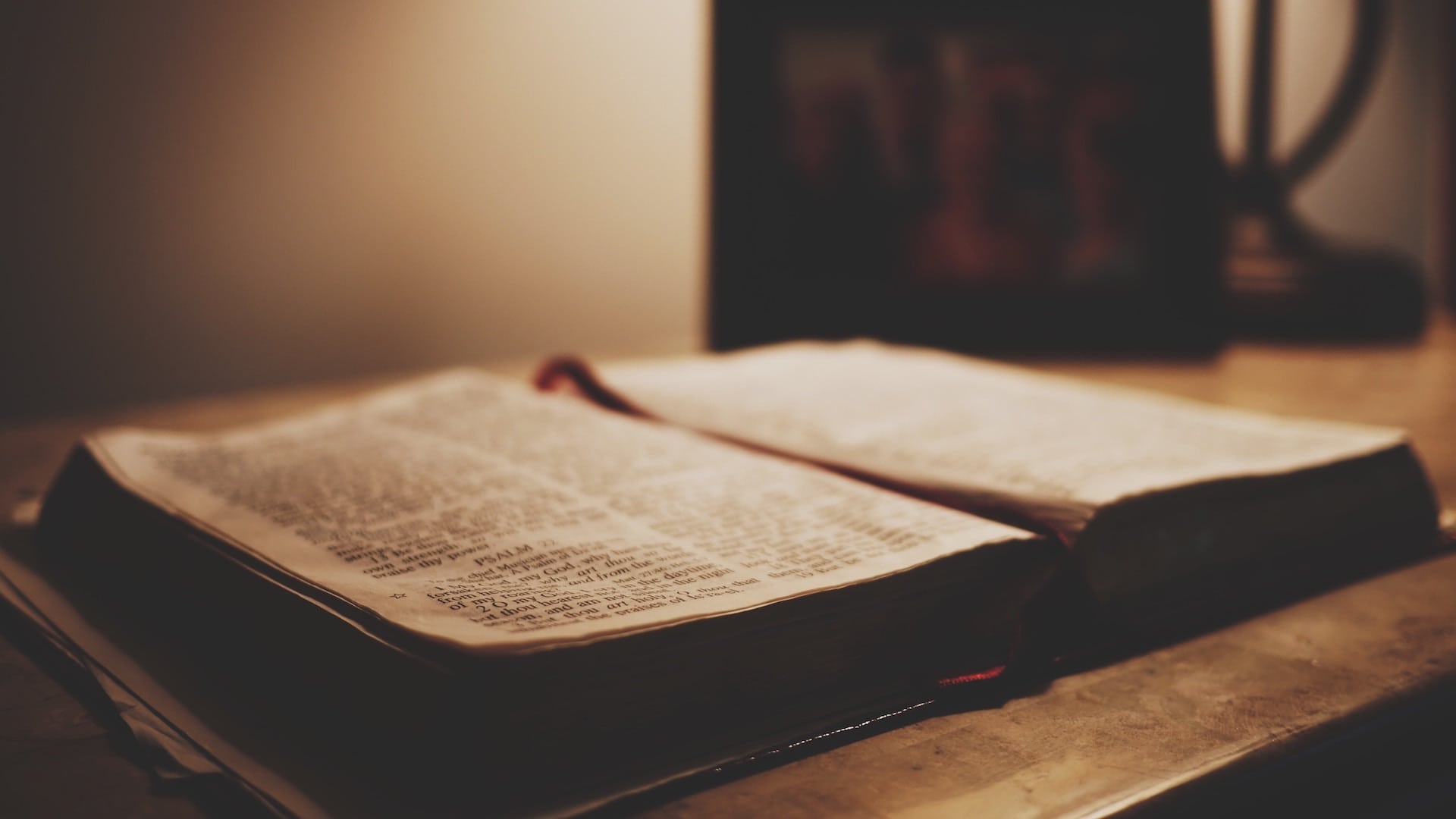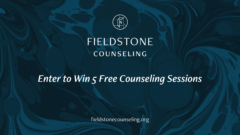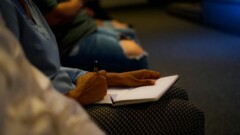Robin DiAngelo’s White Fragility is one of the bestselling books of 2020 and one of the resources most commonly recommended to those who are concerned with issues of race, racism, and racial reconciliation. In a previous article I attempted to summarize the book as a kind of narrative that explains what the world should be like, tells what the world is actually like, prescribes actions we ought to take to improve the world, and describes the future we can imagine when we’ve done so. In brief, the world should be marked by peace, equity, and equality between the races. However, Western nations were founded upon principles of white supremacy that have elevated whites while marginalizing people of color. It now falls to whites to set aside our white fragility and own our intrinsic racism which will allow us to raise our racial consciousness and begin to divest ourselves of our whiteness. The degree to which we do this is the degree to which we will stop harming people of color and usher in a time of greater (though still limited) equality and unity between the races.
In this follow-up article I want to turn to the Bible to suggest how it might help us understand issues of race and racism, for it also contains a narrative structure. It describes the world and the history of humanity as kind of unified story whose plot unfolds through a number of movements. We can title these movements Creation, Fall, Redemption, and Restoration. This story follows a similar pattern to DiAngelo’s or, better said, DiAngelo’s story follows a similar pattern to this, for this is the meta-narrative, the story that is in some way embedded in our humanity, the one all others both imitate and distort. What I would like to do is compare and contrast the content of her story with the Bible’s.
As I do this, my concern is not to address nonChristians who are reading White Fragility and trying to right the wrongs of their nations or all of Western society, but Christians who are reading it as they consider issues of race and racism within the church. For we know that Christians are still divided by this issue—a fact easily proven by even the briefest foray into social media or Christian publishing. The question I eventually want to answer is this: Is White Fragility a helpful tool for white Christians as we discuss issues of race and then begin to take action? I will begin by briefly tracing the story the Bible gives us as it pertains to issues of race, racism, and racial reconciliation (admitting that because I must do this briefly I will necessarily do so incompletely).
Creation (What Should the World Be Like?)
The Bible tells us that God is the creator of this world and that when he created it, it was perfect in every way. The crowning achievement of his creative work was human beings, the only creatures he stamped with the image of God. They were not God and were not gods, but were like God in reflecting some of his attributes and in representing him in his world. He established them as the head of the one race, the human race, so that all other human beings would descend from these common parents (for whom, interestingly, the Bible does not describe the color of their skin). This first man and woman, named Adam and Eve, were physically unblemished. They were also morally unblemished, able to perfectly live out God’s intention that they love him with their whole heart, soul, mind, and strength and that they love their fellow man as themselves. They had all they needed to live in perfect unity with their creator and with one another. This is what the world was once like and what it should still be like.
Fall (What Is the World Actually Like?)
Yet clearly this is not what the world is actually like. So what went wrong? Those two human beings were given the ability to perfectly obey God’s will or to totally defy it. In what we call “The Fall,” they chose to defy it and to rebel against the clear commands God had given them. This made them not only sinners, people who commit acts of disobedience against God, but also sinful, people whose very human nature is marked by sin. By defying God, they became morally corrupt to such a degree that every part of them was affected—their desires, their wills, their thoughts, their words, their actions. The depravity of these first human beings disrupted their relationship with God and also their relationship with one another. The peace and unity between them was destroyed and henceforth all humans would be at odds with all others. Their sin would even be passed to their children so that each of us who follows in their line is born sinful, born in rebellion against God and at enmity with one another.
The Bible never uses the term “racism” to describe a category of sin or “racist” to describe one who is prejudiced against others on the basis of their racial or ethnic identity. But it does speak to such sins when it tells us that one terrible aspect of having a sinful nature is that we are consumed by self-love. This self-love manifests itself in a bias toward people who are like us and a bias away from those who are unlike us. We know this sin as “partiality.” Because of our partiality, we will be endlessly creative in setting aside our common humanity, our common parentage, and our common identity as members of the one human race to instead identify and prioritize lesser marks of distinction. As humanity spread over the globe and diversified, any and every distinction became a cause of conflict. Men dominated women and women despised men, though both equally bear the image of God. Men and women joined together to form arbitrary clans, tribes, kingdoms, and nations, and then immediately set themselves against others despite being descendants of the same original parents.
As humans separated from one another and spread over the earth, natural processes brought about physical changes that would be most visible through lightened and darkened skin. This was part of God’s plan, part of his artistic brilliance, and part of his creative genius. But we eventually began to identify people with such similar physical characteristics as distinct races and to minimize or even deny common ancestry and the common bearing of the image of God. Physical attributes became a source of superiority and inferiority.
The root of racism, then, is the sin of partiality as it is applied to people of a different race, though there will always be other sins added to it—arrogance, self-exaltation, greed, hatred, and so on. Racism is to favor one race over another either overtly or covertly, either deliberately or instinctually. It can manifest itself in the words and actions of individuals (e.g. supremacy and hate speech), of churches (e.g. permitting black slaves to attend but not to sit alongside whites or to hold positions of leadership), or even in the systems and institutions of an entire nation (e.g. South Africa’s apartheid). Partiality displayed in racism is one of the sins that tempts every human being, though the degree to which we harm others by it often depends upon the degree of power we have over them, for the history of humanity shows that races with greater power will often wield it unjustly for the harm of races they can subjugate (e.g. the Portuguese enslaving Africans and transporting them to Brazil).
Redemption (What Actions Can Improve This World?)
But even as humanity fell into these great depths of depravity, and even as God told the first human beings about the devastating consequences of their sin, he offered hope. He began to unveil a plan that would redeem them—that would satisfy God’s justice and save them from the consequences of their rebellion. This plan would address their rebellion against God and their individual sin and depravity, but it would go far beyond that to provide relational reconciliation between alienated human beings, and even a glorious future for all of God’s creation. To make this possible, God himself would need to enter into his creation as the God-man Jesus Christ. He would be the second Adam, the second great representative of human beings. Just as Adam had represented humanity in the Fall, Jesus would represent humanity in Redemption.
Jesus Christ was born of a virgin, so he had a perfect, unstained human nature. He lived a life unblemished by sin, perfectly fulfilling God’s commands to love his creator and his fellow man. As it pertains to racism, he neither felt nor expressed the least bit of partiality, the least unfair favoritism, but loved everyone the same. Though he was sinless, he was crucified, and in his passion and death took upon himself the sin of humanity, suffering its penalty before God, and paying its full consequences. After three days God raised him from the dead as proof that his sacrifice had been acceptable. He then ascended to heaven to reign as King over this world.
Through the gospel—the good news of what Jesus Christ has accomplished—the offer now goes out to all humanity to be reconciled to God. Those who repent of their sins and put their faith in him are forgiven and welcomed into God’s family which is made up of representatives from “every tribe and language and people and nation” (Revelation 5:9). While this family does not eradicate all distinctions between humanity, it does eradicate all divisions, for in God’s family “there is neither Jew nor Greek, there is neither slave nor free, there is no male and female, for you are all one in Christ Jesus” (Galatians 3:28). God’s glory is particularly displayed in the unity rather than the uniformity of this great family, for it shows that the gospel is the power of relational reconciliation. And we can be reconciled because our deepest identity now is not in our ethnicity, social status, gender, or any other physical characteristic. Our deepest identity is in Christ.
But while we are really and truly saved from the ultimate consequences of our sin, and while we are given the power to put it to death, we are not yet fully and finally delivered from its existence within us. Christians will continue to sin both individually and corporately. The sin of partiality will continue to mar individuals and churches, and where it exists it will need to be identified and repented of. Pride may keep us from admitting this sin or repenting of it, but it should not surprise us that it continues to exist, for the Bible shows many examples of Christian communities that, though they had genuinely experienced God’s saving grace, continued to show favoritism along lines like class or ethnicity, so that Greek-speaking widows were overlooked in favor of the Hebraic widows during the distribution of charity, and the rich were given priority over the poor in the local church.
But we are not without a solution for such sin and injustice. In fact, the solution is embedded within the gospel, for it eradicates the division that comes with distinction and it promotes the unity that comes without uniformity. Reconciliation and unity are objective realities we are called to exemplify personally and corporately. We need to become what we already are, to display what we already have, trusting that this unity will ripple out from our lives to our churches, and perhaps even to our communities and our nations. The ideal Christian community is not homogeneous but hetergeneous, for it is in unified diversity that Christ’s redemptive work particularly shines. This unity within diversity will always be a challenge and always depend upon self-examination, humility, patience, repentance, forgiveness, and reconciliation. Because of our sin it is difficult, but because of our gospel it is possible.
Restoration (What Future Can We Imagine?)
Even as we struggle to build and maintain unified church communities that display all the diversity of God’s people, we look forward to a coming day when Christ will return and sin’s power will be fully and finally destroyed. He will judge all sin and restore all righteousness. He will fully renew this world and fully perfect every one of his people. He will welcome us into a renewed creation in which we will be fully-embodied beings who continue to display the complete spectrum of human diversity. This is when we will experience ultimate peace between God and man and ultimate peace between man and man. This is when all tears of sorrow and frustration will be dried, so we can worship together as “a great multitude that no one [can] number, from every nation, from all tribes and peoples and languages, standing before the throne and before the Lamb, clothed in white robes, with palm branches in [our] hands, and crying out with a loud voice, ‘Salvation belongs to our God who sits on the throne, and to the Lamb’” (Revelation 7:9–10)! We must not passively wait for that glorious day, but rather labor toward it, seeking to display imperfectly now what will be displayed perfectly then.
The Bible’s Story & Robin DiAngelo’s Story
The question now remains: Can White Fragility’s story be reconciled with the Bible’s story? After all, if DiAngelo’s story is good and true, it will need to be able to fit within that larger story, to be consistent with it. The degree to which her narrative complements that Bible’s metanarrative is the degree to which it will be useful in calling white Christians to talk about racism and then to take action against it. But because this article has already gotten very long, that will have to be the subject of a third and final part to this review.










